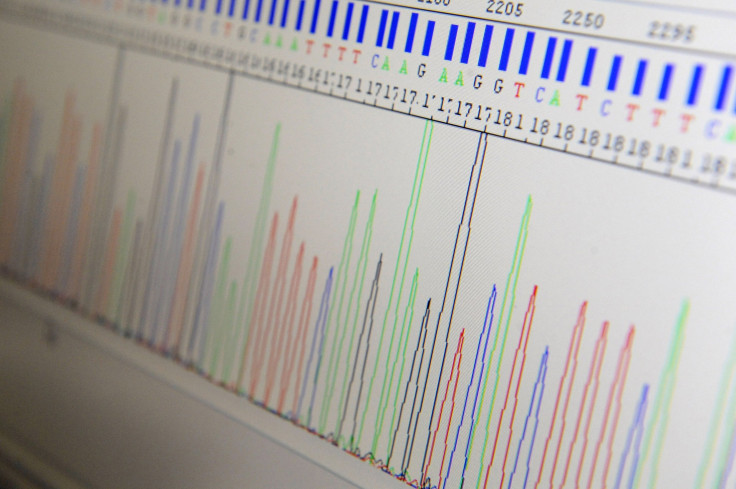'Foreign' Genes In Humans Come From Bacteria, Viruses And Fungi: Study

Humans and other animals acquired essential "foreign" genes that were not part of their ancestors’ genome, according to a new study. The genes, which came from ancient microorganisms, cast doubt on the idea that evolution is solely a process of selection through ancestry.
The research, published Friday in the journal Genome Biology, suggests that the process of genetic transfer from microorganisms is still ongoing. The process of transferring genes between different organisms in the same environment is known as horizontal gene transfer (HGT), and is widely observed among single-celled organisms such as bacteria or algae, and is thought to play a major role in phenomena like bacterial resistance to antibiotics.
The role that HGT plays in complex, multicellular organisms like humans has been contentious. Traditionally, it was thought that genes in complex animals like humans were inherited solely through parents. But lead author Alastair Crisp from the University of Cambridge said their study proved that the process played a far larger role than previously thought. “This is the first study to show how widely horizontal gene transfer occurs in animals, including humans, giving rise to tens or hundreds of active 'foreign' genes. Surprisingly, far from being a rare occurrence, it appears that this has contributed to the evolution of many, perhaps all, animals and that the process is ongoing. We may need to re-evaluate how we think about evolution,” he told BioMed Central.
The researchers studied the genomes of 12 species of fruit fly, four species of nematode worm, and ten species of primate, including humans. They compared the results within and between different species and compared the similarities between groups of species to understand how likely a certain gene was to have been acquired through HGT and how long ago it occurred.
In humans, they found that 128 new foreign genes and confirmed that 17 previously reported ones were acquired through HGT. Some of these genes play active roles in the human genome, including in metabolism regulation and digestion, and the immune response.
The study identified the type of organisms most likely to have transferred each of the genes as well. Bacteria and protists were found to be the most common gene donors among all the species studied. Viruses were also found to be responsible for up to 50 foreign genes in primates. Some others were found to have been acquired from fungi.
However, the authors say their research likely still underestimates the number of genes acquired through HGT. Genome sequencing projects frequently remove bacterial sequences they find in samples, assuming they are the result of contamination.
“This means that the tree of life isn’t the stereotypical tree with perfectly branching lineages,” Crisp told the American Association for the Advancement of Science. “In reality, it’s more like one of those Amazonian strangler figs where the roots are all tangled and crossing back across each other.”
© Copyright IBTimes 2024. All rights reserved.





















